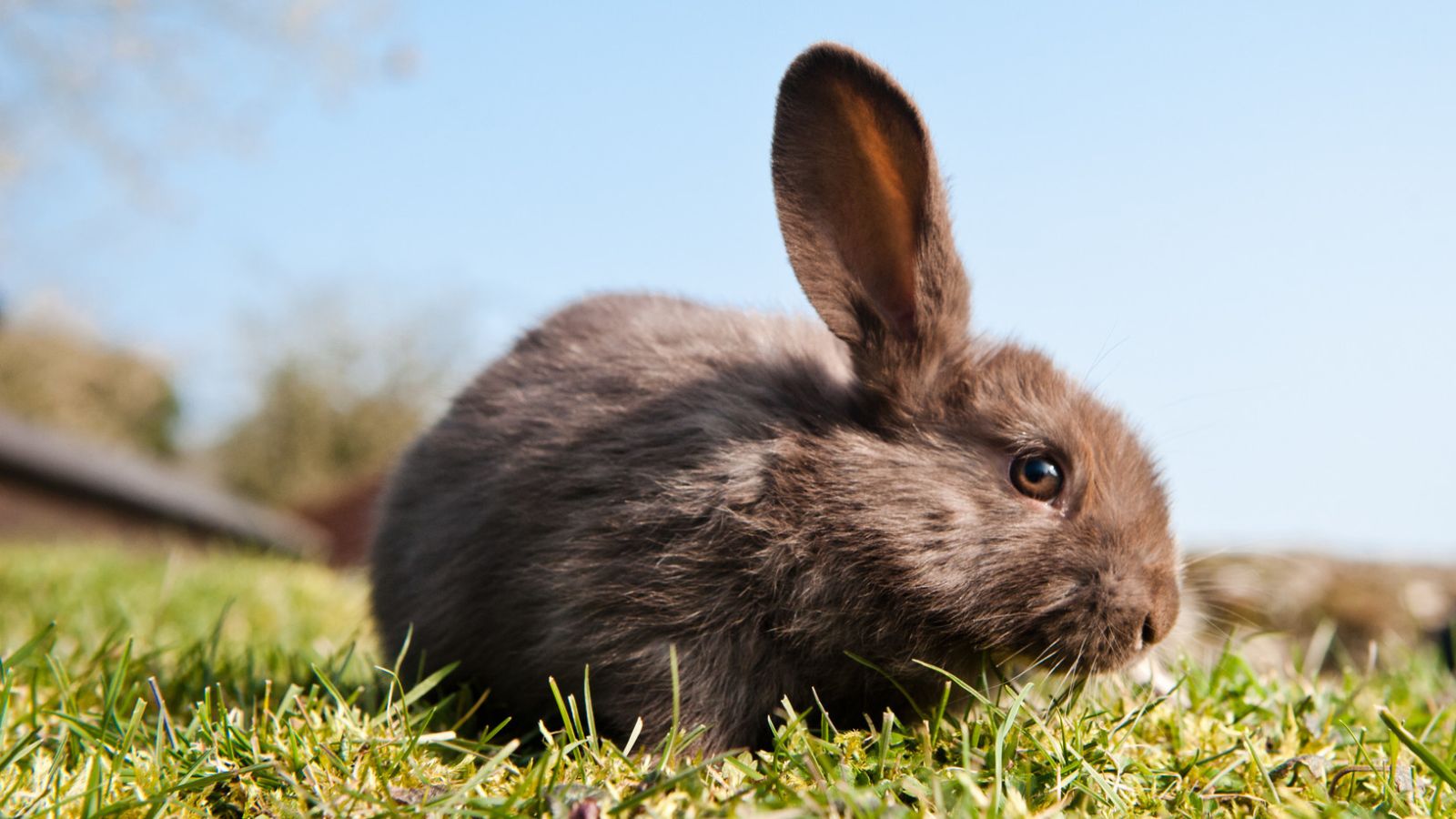
Fly strike in rabbits
Fly strike is a life-threatening condition for rabbits that requires urgent treatment.
What is fly strike?
Also known as myiasis, fly strike is a serious condition caused by flies laying eggs on a rabbit. When the maggots hatch, they quickly begin to eat into the rabbit's flesh. This causes large, painful wounds that, if left untreated, can be fatal within 24 hours.
Flies are particularly drawn to soiled or damp areas of fur – the bottom, underside and just above the tail are the most common areas to be affected by fly strike.
Symptoms of fly strike in rabbits
The most obvious signs of fly strike are live maggots in the fur or on the skin, or open wounds. But there are more subtle, early signs of fly strike that you can look out for:
- Lack of energy
- Lack of appetite
- Digging into a corner to relieve pain
- Patches of wet fur or fur loss
- A strong, foul smell
As the condition worsens, the rabbit is likely to go into shock. They can become still and limp, and may collapse. You may also find that their ears are cold due to the drop in body temperature.
How do rabbits get fly strike?
Any rabbit can get fly strike at any time of the year, but they are particularly at risk in summer when flies are most active. However, dirty bedding or soiled fur are the most common reason flies are drawn to an environment. An open wound may also attract flies, particularly if left unclean or uncovered.
Rabbits produce caecotrophs (slightly bigger and softer droppings), which they eat directly from their bottom. You will not usually spot these droppings before they're eaten. If a rabbit is on a very rich, high-sugar diet, they may produce softer or more of these droppings than usual. If these are not eaten they become stuck to the fur and, without daily grooming, can cause a build up.
Urine and droppings put the rabbit at increased risk of fly strike. If a rabbit develops diarrhoea it will also put them at risk. If you notice a build up of caecotrophs or signs of diarrhoea, contact your vet as soon as possible.
Important
Some rabbits may find it more difficult to clean themselves due to arthritis, dental problems, obesity or old age. You should check them twice daily, and stay on top of grooming to prevent fly strike.
Can indoor rabbits get fly strike?
Even rabbits who live indoors can be affected by fly strike. While the risk may be lower, if flies are able to get indoors, they can lay eggs on a house rabbit. If your rabbit lives inside, you should still check them daily for symptoms.
Treating fly strike
Fly strike is a life-threatening condition that must be treated urgently. As soon as you spot any signs, contact your vet. The sooner your rabbit gets veterinary treatment, the better their chances of survival. There are no home remedies suitable for fly strike.
If fly strike is caught early your vet will sedate your rabbit, or may put them under general anaesthetic. The fur in the affected area will be clipped. This makes it easier to clean the wound and remove as many maggots and eggs as possible. Your rabbit may be put on pain relief and antibiotics, as well as a fluid drip.
If there is excessive damage done to the tissue, the chances of recovery are low. In these cases, euthanasia may be the kindest thing for your pet as they will be in a lot of pain.
How to prevent fly strike in rabbits
Preventing fly strike altogether is better than treatment. There are steps you can take to ensure your rabbit is protected from fly strike:
1. Check your rabbit daily
Checking your rabbit for soiled fur or wounds on a daily basis will give you the best chance of spotting early signs of fly strike. Pay close attention to the belly, tail and bottom as this is where urine and droppings may build up. Rabbits who have difficulty grooming themselves should be checked at least twice a day.
You can also groom your rabbit yourself to strengthen your bond and keep their fur clean and dry. Extreme care should be taken with angora breeds, as they may be unable to groom their coats sufficiently. Regular professional clipping will prevent a build-up of damp or soiled fur.
2. Keep your rabbit's environment clean
Remove soiled bedding at least once a day ‒ this is especially vital in the summer ‒ and replace it with fresh litter and bedding. You should give your rabbit’s housing a thorough deep clean at least every other week. Use a pet-friendly disinfectant when cleaning to kill any bacteria.
3. Monitor your rabbit’s diet and weight
Providing your rabbit with a healthy diet can keep their digestive system working properly. This will prevent them from producing too many sticky droppings that build up around their bottom. It will also help your rabbit maintain a healthy weight. Overweight rabbits will find it more difficult to groom themselves, leading to a build up of soiled fur.
4. Use a fly repellent
During hot weather, fly screens can help to protect your rabbit’s housing both indoors and outside. Your vet can also recommend spot-on treatments that can be applied directly to your rabbit, and prevent fly eggs from hatching. Make sure to follow your vet's advice when applying treatments.
Page details
Next review
• 12 June 2026







